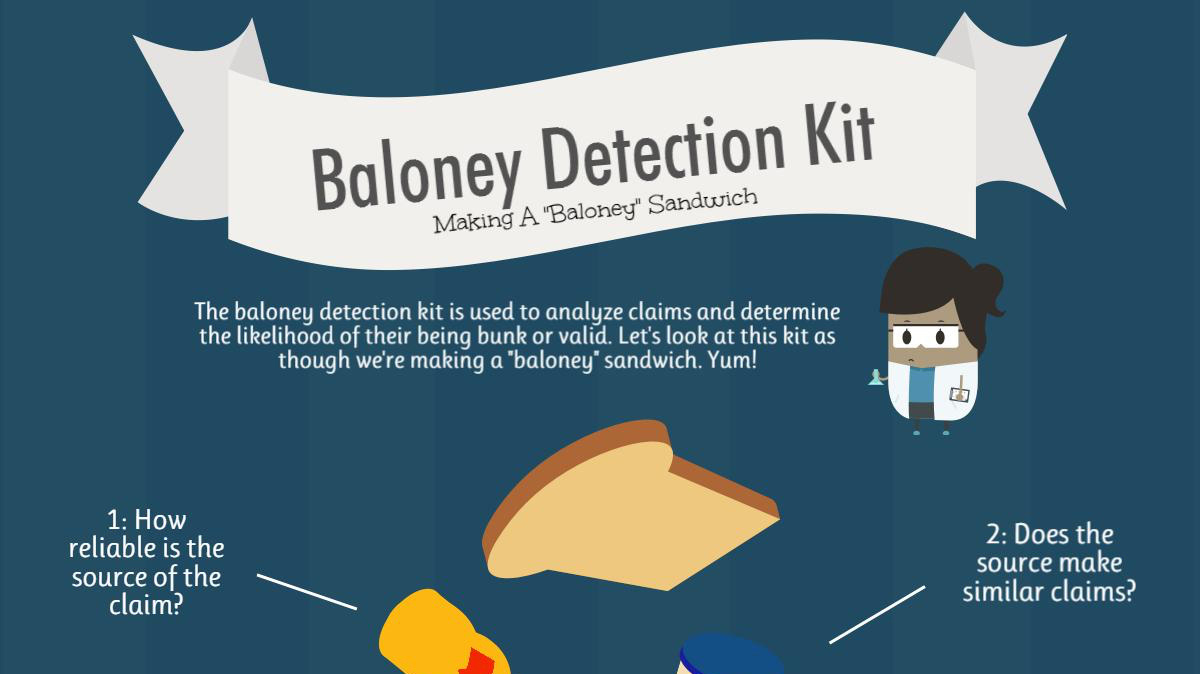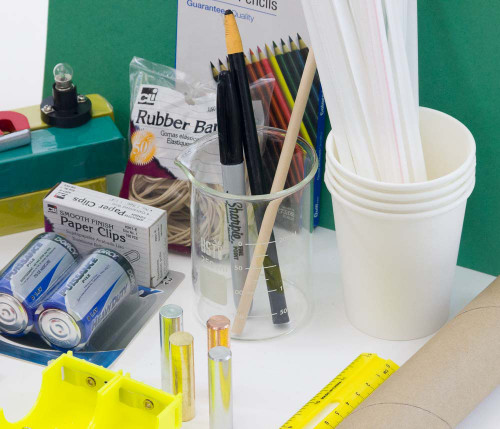

Despite this steep price for a children’s toy, Gilbert advertised that children could use it to prospect for uranium. The kits cost a mere $50, which would be about $400 adjusted to today’s dollars. To make things more fun, he suggested kids play a game of hide-and-seek with a gamma-ray source. The cloud chamber specifically allowed people to observe alpha particles moving 12,000 miles per second. The kit really let anyone set up their own nuclear lab at home.

Then-popular comic character Dagwood even appeared in an included comic book explaining the very basics of atomic energy. The kit included a cloud chamber for viewing particle physics, a Geiger counter for monitoring radiation levels and measuring radioactive decay, as well as radioactive ore.ĭespite containing radioactive uranium, he claimed the kit posed no danger to children.

While atomic gardening was marketed to housewives, the Gilbert U-238 Atomic Energy Lab was meant for the kids. While the popularity of the Erector brand would last to this day, Gilbert had much higher hopes for the sophistication of children’s playtime.Īs America entered the age of the atom, it seemed as though there was no problem that wouldn’t be solved without the help of nuclear physics. Gilbert was no stranger to producing playsets for children, becoming most famous for producing the commercially successful Erector sets in the 1920s. In 1950, American inventor-and magician-Alfred Carlton Gilbert sought to bring the marvels of nuclear physics to the playtimes of children all across America.


 0 kommentar(er)
0 kommentar(er)
